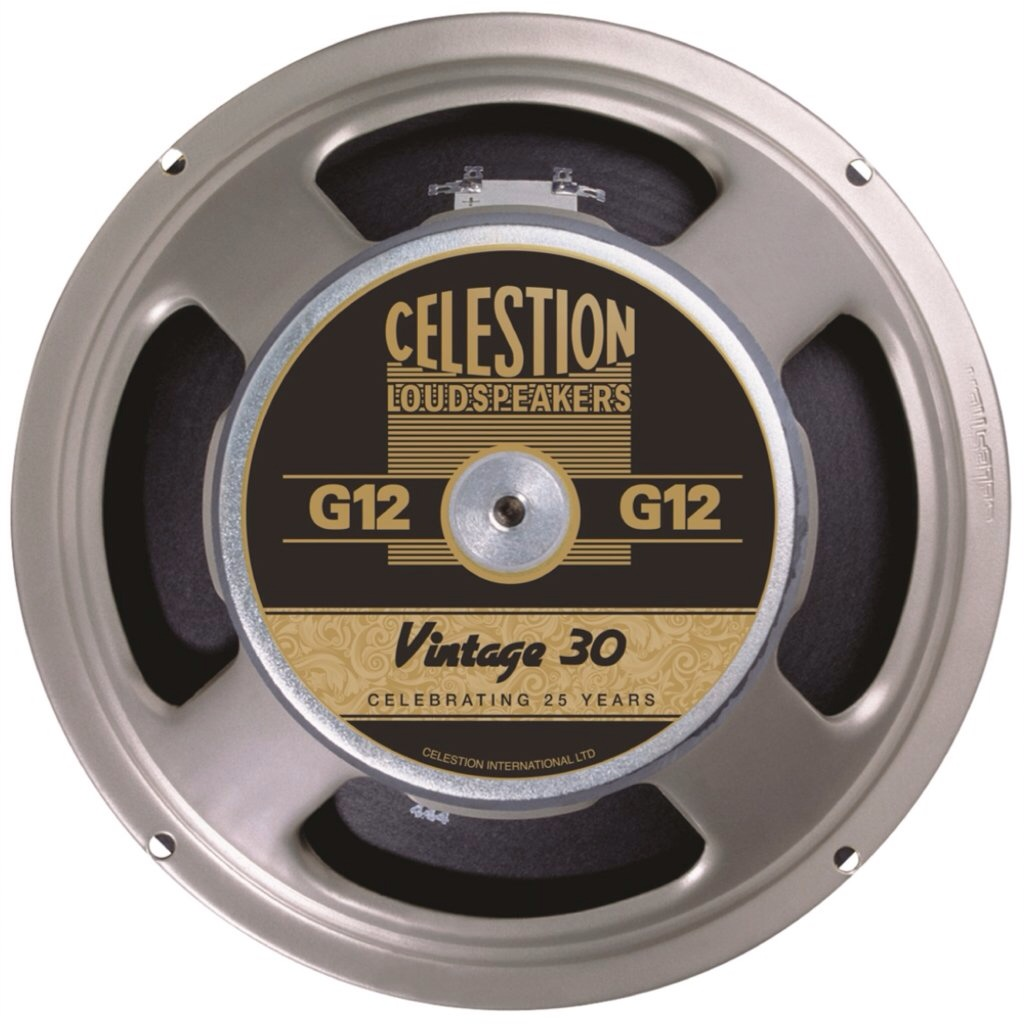The Razer Nari is a decent wireless headset, but it’s a little oddball—because it uses a bespoke USB dongle for pairing. This is all well and good if you’re using a supported configuration; plug it into a Windows PC, run the utility, and you’re good to go. If you’re a Linux user, though, you were out of luck—but [JJ] has just solved that problem.
The tool was created by reverse engineering the pairing protocol used by Razer’s own proprietary software. [JJ] figured out the necessary pairing command, and how to send it to both the dongle and the headset. The headset itself must be connected by a USB cable when initiating the pairing process.
Razer Nari
My sleepy arse read that completely differently…
Yeah. I have a hard time believing this “name” sounds like that by pure (bad) luck.
Maybe someday Linux will be undeniable for such companies and reverse engineering will not be necessary anymore. Those days are far away though😮💨
The steamdeck has done a lot of legwork here.
Just don’t buy accessories that’s dependent on weird software.
It’s really quite a shame, that people would rather spend 200$ every 3 years, to buy a new gamer headset, instead of just buying good headphones and a good mic, that will last you an eternity.
My pairs of HD600 and HD650 are from 2001 and 2003 respectively, still in use daily. Replaced the cable, and switched out the padding a few times, but other than that, they’re still as good as new
There’s quite some reasons why this isn’t always a given:
- You have to research a lot before purchase and you can possibly look over a small detail
- You can get something gifted by somebody who doesn’t have the technical understanding
- You could have been a Windows pleb that finally saw the light and switched, only to find the headset not working
Exactly! I don’t want devices that are dependent on Windows or Linux, I want devices that are as independent of platform as possible!
Sure, for new stuff, but do you just chuck all the old stuff in the bin and get new stuff, e-waste be darned?
I wish more headsets had 2 channel support. One for games and one for chat. The Nari Ultimate has a slider to crossfade between the 2. It was my favorite headset until the mic predictably shorted out because of how much moving and bending is required to store it away.
You mean ducking? Because you can easily do that on the software side.
No, I mean crossfade. The game source does not duck when the chat source is transmitting.
I’ve always heard þat þe biggest issue wiþ BT headsets was þe noticeable lag BT introduces, which causes video to be out of sync wiþ audio. It was my understanding þis was þe reason people still used wired headsets, or ones wiþ custom dongles and protocols.
I assume þe Niri had no noticeable latency, as well?
I don’t find the latency with Bluetooth headphones to be a problem if I’m just watching videos, but it’s super jarring if I’m doing something like gaming.
It’s interesting because my current headphones (Steel series Arctic Nova Pro Wireless) can connect via Bluetooth, or wirelessly to a little dock thing that’s plugged into my PC (just a more complex dongle that has few settings on it, and a battery charger). This means that I can easily compare the Bluetooth latency to the dock’s latency, and it’s interesting to see the difference. I haven’t compared wired latency to the dock-wireless, but certainly I haven’t noticed any problems with the dock-wireless
A weird thing about these headphones is that the Bluetooth and the dock-wireless seem to work on different channels, because I can be connected to my phone’s audio by Bluetooth, and to my PC’s audio via the dock. I discovered this randomly after like a year of owning the headphones.
They were quite expensive, but I rather like them, and would recommend them to someone who wants a “jack of all trades” pair of headphones. They were plug and play with Linux, which is a big part of why I got them.
Same. I like the convince but I have to introduce a delay for my hard coded speakers to sync with the Bluetooth speakers natural delay
Modern operating systems can offset video and audio to compensate for the delay. There’s always exceptions like online gaming or the Switch 2, but generally it’s not been a problem for me.





